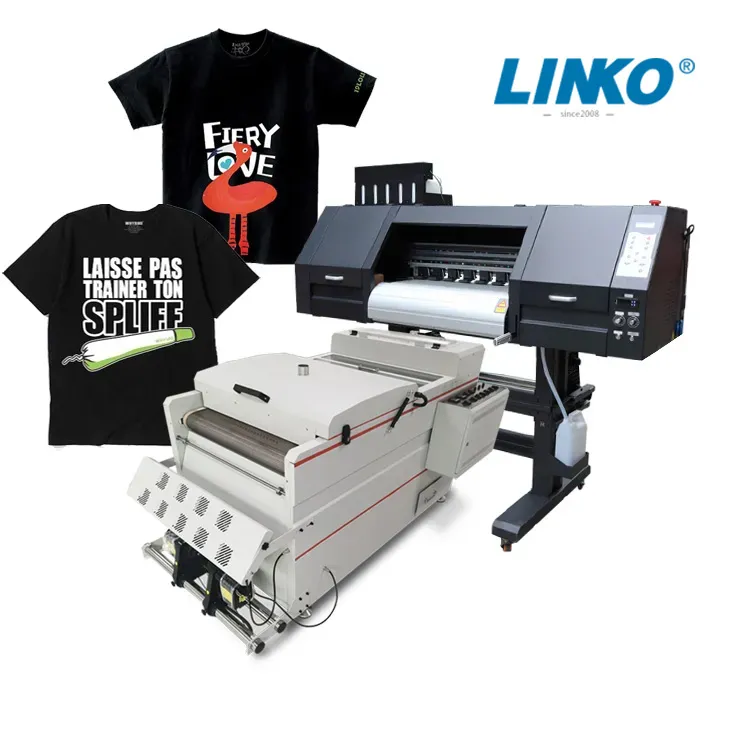DTF Printing Proficiency: Elevate Your Textile Creations with Direct-to-Film Modern Technology
DTF Printing Proficiency: Elevate Your Textile Creations with Direct-to-Film Modern Technology
Blog Article
The Future of Style: Discovering DTF Printing Modern Technology in the Textile Sector
Among these improvements, Direct to Film (DTF) printing innovation has emerged as a promising contender, using special abilities and possibilities for designers and manufacturers alike. This advanced printing technique has triggered passion due to its prospective to transform standard fabric printing procedures.
Evolution of Fabric Printing
Throughout history, the evolution of textile printing has been a testament to the ingenious improvements in this detailed art form. From the ancient human beings utilizing methods like block printing to the electronic transformation of today, textile printing has actually continually pressed limits. The origins of textile printing can be traced back to China around 220 AD, with making use of wood blocks to print on silk textiles. As the craft spread to various other parts of the world, brand-new methods such as screen printing and roller printing arised during the Industrial Revolution, transforming the textile market - DTF Printing.
The intro of electronic textile printing in the late 20th century noted a significant change towards more lasting and functional printing approaches. The development of textile printing showcases an abundant history of creativity, resourcefulness, and technical development in the globe of fashion and layout.
Advantages of DTF Modern Technology
With the development of textile printing techniques from ancient techniques like block printing to contemporary developments such as digital printing, the introduction of Direct-to-Fabric (DTF) technology has actually dramatically boosted the efficiency and sustainability of textile printing procedures. Among the primary benefits of DTF modern technology is its capacity to directly publish layouts onto material without the need for transfer documents, which lowers waste and streamlines the manufacturing process. Furthermore, DTF printing permits for greater color vibrancy and detail precision compared to standard methods, making it possible for textile manufacturers to create intricate and premium styles effortlessly.
In addition, DTF innovation is understood for its flexibility, as it can be utilized on numerous kinds of textiles, including all-natural fibers like silk, woollen, and cotton, in addition to synthetic products such as polyester and nylon (DTF Printing). This flexibility opens a wide variety of possibilities for suppliers and developers to explore various textures and materials, bring about even more innovative and distinct items in the fashion industry. Generally, the execution of DTF technology represents a substantial advancement in textile printing, using various benefits that contribute to the future sustainability and creative thinking of the market
Sustainability in Fashion Production
Highlighting eco-friendly techniques is paramount in contemporary style production, lining up with the growing customer need for sustainable products. Recently, the apparel industry has faced increasing examination as a result of its substantial environmental impact, consisting of excessive water usage, chemical pollution, and fabric waste. As an action, lots of fashion brand names are currently incorporating sustainable their explanation techniques into their production procedures to reduce harm to the environment.
Sustainability in style production includes numerous aspects, such as utilizing recycled and organic materials, decreasing energy consumption, applying ethical labor practices, and advertising openness throughout YOURURL.com the supply chain. In addition, innovations in technology, like DTF printing, offer chances to additionally enhance sustainability in textile production. This modern technology makes it possible for accurate printing on textiles, minimizing ink waste and water use contrasted to traditional printing methods.
Layout Freedom and Modification

In addition, DTF printing facilitates modification on a scale formerly unattainable, allowing for customized clothing and distinct items customized to private preferences. Generally, DTF printing technology changes the design landscape in the fabric market, supplying unlimited possibilities for imaginative expression and individualized fashion.
Influence on Supply Chain & Market Trends
DTF printing technology in the textile market is reshaping supply chain characteristics and affecting market patterns with its effectiveness and customization abilities. By allowing on-demand printing and eliminating the need for big stocks, DTF modern technology improves the supply chain process. Producers can generate items as needed, minimizing waste and storage costs. This just-in-time production version additionally permits for quicker feedback to market demands and patterns, resulting in a more dexterous get redirected here and responsive supply chain.
Moreover, the personalization capacity of DTF printing modern technology is changing the market trends in the textile sector. As an outcome, DTF innovation is driving a shift in the direction of even more customer-centric and cutting-edge methods within the fabric industry, shaping the future of style.

Final Thought
To conclude, DTF printing innovation is changing the fabric sector by offering many advantages such as style sustainability, customization, and freedom. This ingenious innovation is improving the future of style manufacturing, impacting supply chains, and driving market fads towards much more eco-friendly and efficient practices. As the industry proceeds to advance, DTF printing will certainly play an essential duty fit the way fabrics are produced and consumed in the years to come.
From the old people utilizing techniques like block printing to the digital transformation of today, textile printing has actually continually pushed limits. As the craft spread to various other components of the globe, new methods such as screen printing and roller printing emerged during the Industrial Revolution, reinventing the textile sector.
The introduction of digital fabric printing in the late 20th century marked a considerable shift in the direction of more flexible and lasting printing techniques.With the advancement of textile printing strategies from old techniques like block printing to modern technologies such as electronic printing, the introduction of Direct-to-Fabric (DTF) modern technology has dramatically enhanced the effectiveness and sustainability of fabric printing procedures (DTF Printing).In feedback to the important shift in the direction of sustainability in style production, the fostering of cutting-edge innovations like DTF printing not only addresses ecological worries however additionally opens up avenues for unrivaled design liberty and personalization in the textile industry
Report this page